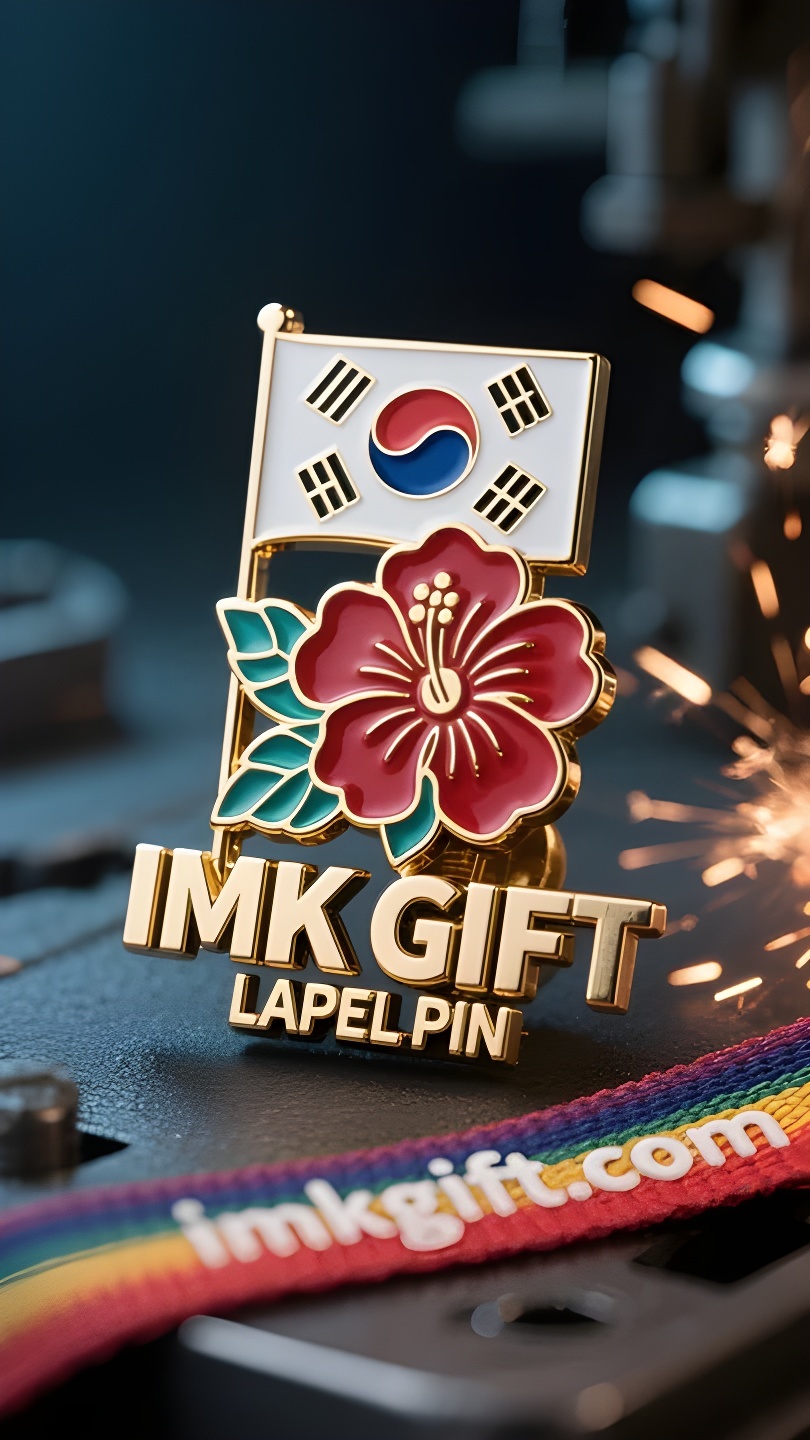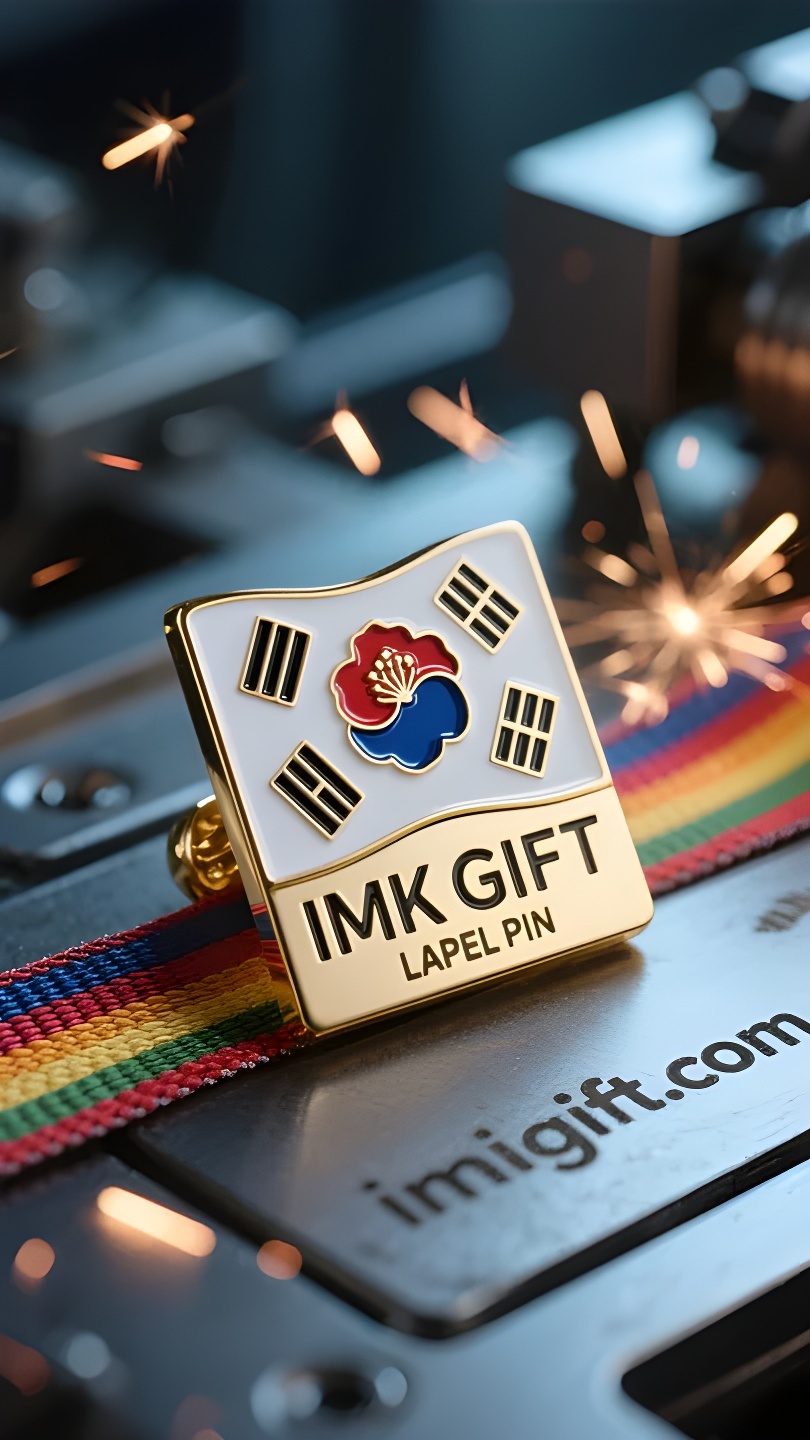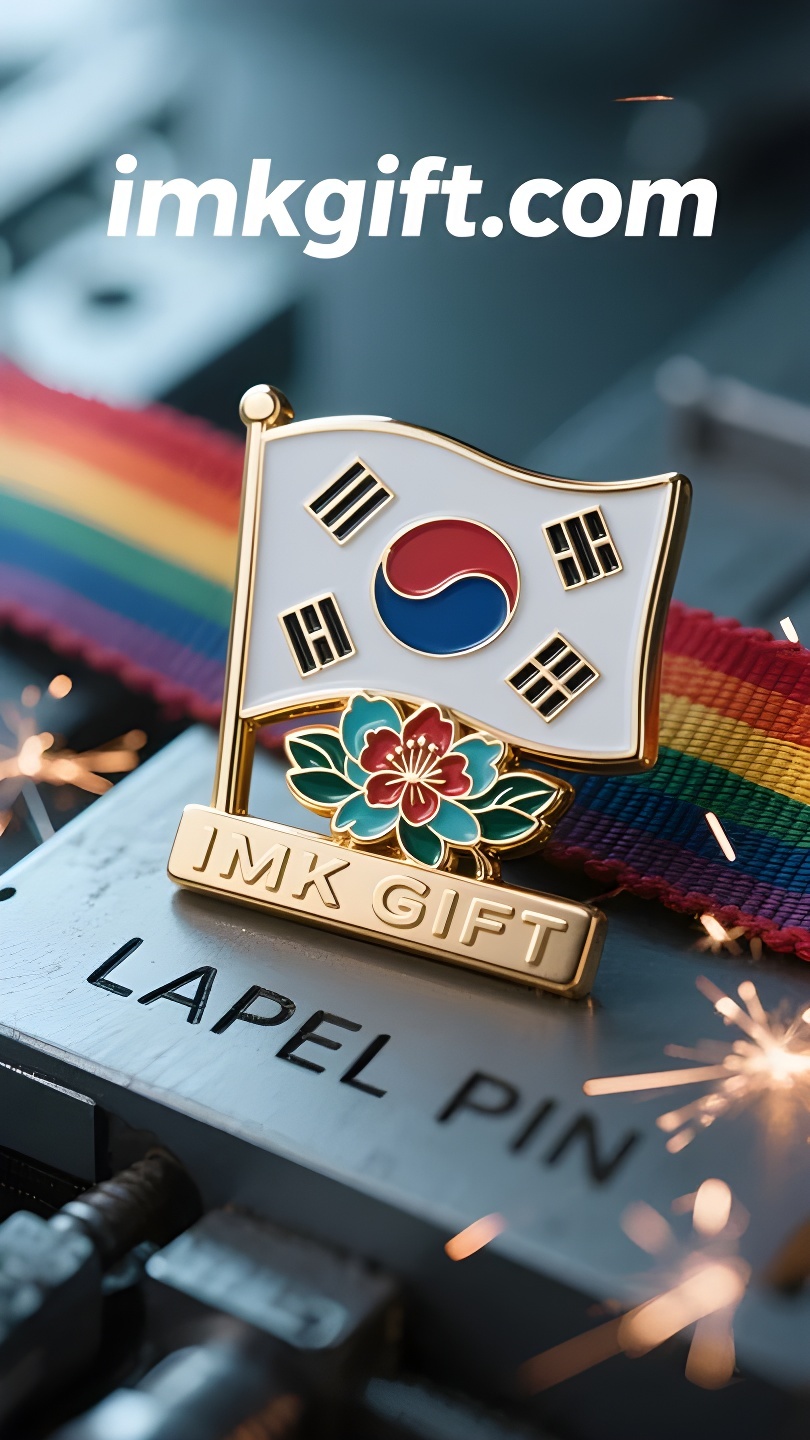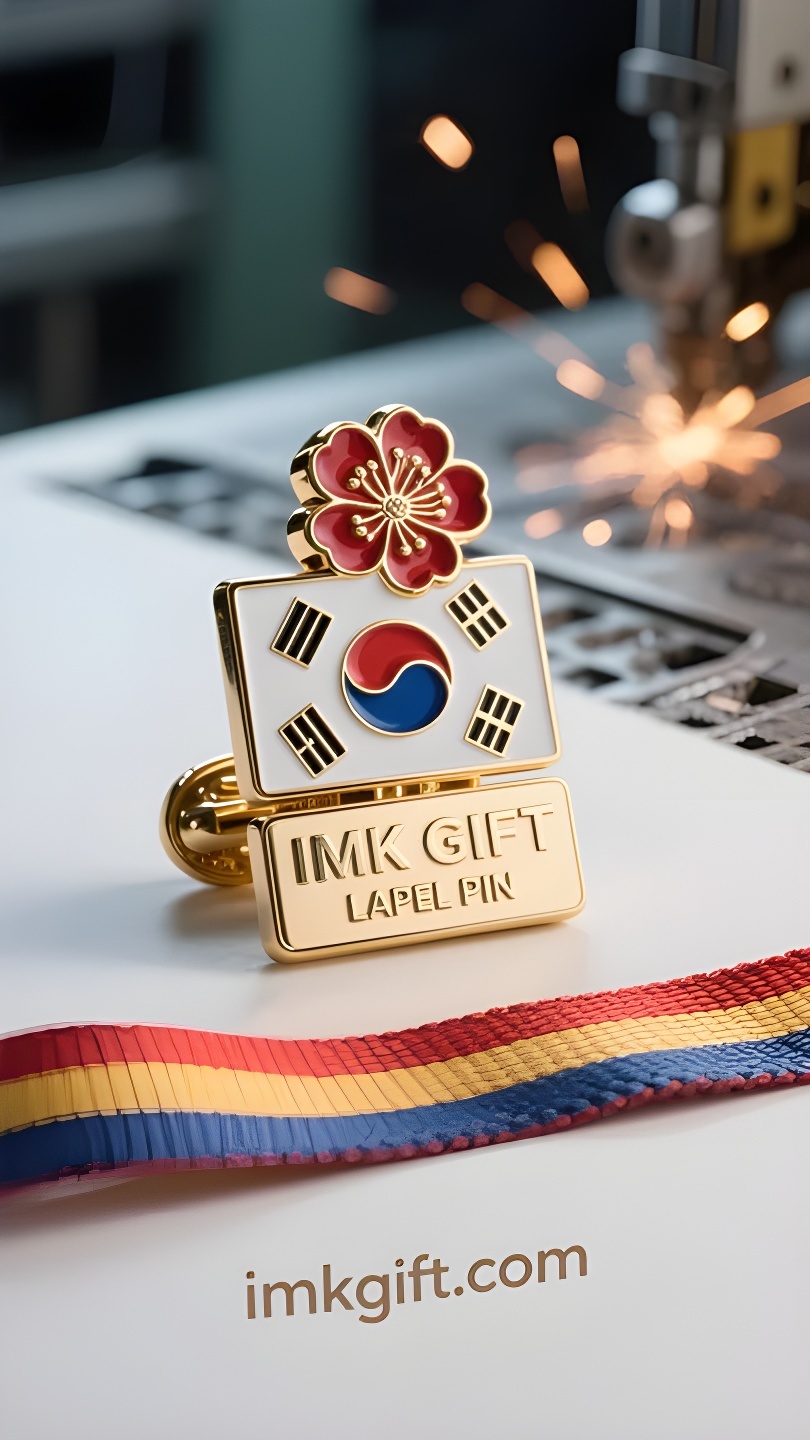in984-히비스커스는-무적이다-산과-강은-영원히-빛난다
▼
8월에는 한국에서 광복절을 기념하며, 거리에는 태극기와 목화꽃 문양이 전시됩니다. 국가 주권을 상징하는 이날은 국민의식을 되돌아볼 수 있는 가장 좋은 기회입니다. 국기의 붉은색과 파란색 태극권 그림은 음양의 조화라는 동양 철학을 표현합니다. 그 주위의 건(乾), 곤(坤), 간(閑), 리(離)의 육십사괘는 하늘, 땅, 물, 불의 공존과 번영에 대한 지혜를 의미합니다. 더욱 감동적인 것은 국가 상징 중앙에 피어 있는 목화꽃입니다. 다섯 개의 꽃잎으로 이루어진 목화꽃 문양은 한국 민족의 생존 원칙을 담고 있습니다. 하얀 꽃잎은 평화의 이상을, 황금색 수술은 밝은 미래를 상징하며, 꽃 중앙에 있는 태극문양의 짙은 붉은색은 조상의 혈통과 신념을 굳건히 합니다. 비바람에 시들어도 언제나 꽃을 피우는 이 ‘무한의 꽃’은 전쟁을 겪은 후에도 여전히 활력을 잃지 않는 한반도의 모습을 그대로 표현한 것입니다. 1945년 광복 당시 황폐했던 땅이 이제는 세계에서 빛나는 경제 기적으로 떠올랐습니다. 현재 세계 정세가 급변하는 가운데, 히비스커스 꽃의 영감은 점점 더 소중해지고 있습니다. 각 꽃잎은 독립적으로 뻗어 있으면서도 긴밀하게 연결되어 있는데, 이는 현대 사회가 개인의 발전을 존중하는 동시에 집단의 힘을 모아야 할 필요가 있음을 보여줍니다. 젊은이들이 히비스커스 배지를 달고 미래로 걸어나갈 때, 그들은 미적인 상징뿐만 아니라 부드러움과 강인함이라는 국가적 유전자, 즉 꽃잎의 따뜻함과 관용, 나뭇가지의 강인함과 굴하지 않는 의지도 물려받습니다. 이러한 정신은 결국 변화의 물결 속에서 한국을 새로운 빛으로 이끌 것입니다.
In August, Korea welcomes Liberation Day, and the Taegeukgi and hibiscus emblems complement each other in the streets and alleys. This day, which symbolizes national sovereignty, is the best opportunity to revisit the national spirit. The red and blue Tai Chi diagram on the national flag tells the Eastern philosophy of the harmony of yin and yang; the Qiankun Kanli hexagrams around it imply the wisdom of the coexistence and prosperity of heaven, earth, water and fire. What is even more moving is the blooming hibiscus flower in the center of the national emblem. The five-petal hibiscus emblem carries the survival code of the Korean nation: the white petals represent the ideal of peace, the golden stamens symbolize a bright future, and the deep red of the Tai Chi pattern in the center of the flower solidifies the blood and faith of the ancestors. This “infinite flower” that has been broken by wind and rain but always blooms is just like a portrayal of the Korean Peninsula’s endless life after war. The devastated land when it was liberated in 1945 has now risen to become an economic miracle that shines in the world. As the global landscape changes, the inspiration of the hibiscus flower becomes more precious: each petal is both independent and closely connected, just as modern society must respect individual development and gather collective strength. When young people wear the hibiscus badge to the future, they inherit not only the aesthetic symbol, but also the soft and strong national gene – both the warmth and tolerance of the petals and the tenacity of the branches. This spirit will eventually lead South Korea to bloom with new glory in the wave of change.
八月的韩国迎来光复节,太极旗与木槿花徽章在街头巷尾交相辉映。这个象征国家主权的日子,恰是重温民族精神的最佳契机——国旗上红蓝相生的太极图,诉说着阴阳调和的东方哲学;四周的乾坤坎离卦象,则暗含天地水火共生共荣的智慧。而更令人动容的,是国徽中央那朵盛放的木槿花。
五瓣木槿徽章承载着韩国民族的生存密码:洁白花瓣代表和平理想,金黄花蕊象征光明未来,而花心处太极纹样的深红,则凝固着先辈的热血与信念。这朵被风雨摧折却始终绽放的”无穷花”,恰似朝鲜半岛历经战火仍生生不息的写照——1945年光复时满目疮痍的国土,如今已崛起为闪耀世界的经济奇迹。
当下全球格局风云变幻,木槿花的启示愈发珍贵:每片花瓣既独立舒展又紧密相连,正如现代社会既要尊重个性发展,更需凝聚集体力量。当青年们佩戴着木槿徽章走向未来,他们传承的不仅是美学符号,更是柔中带刚的民族基因——既有花瓣的温润包容,亦有枝干的坚韧不屈。这种精神,终将引领韩国在变革浪潮中绽放新的光彩。
▼
Contact Us
📞 Tel: +0086-760-85286839
📧 Email: sales3@imkgift.com








